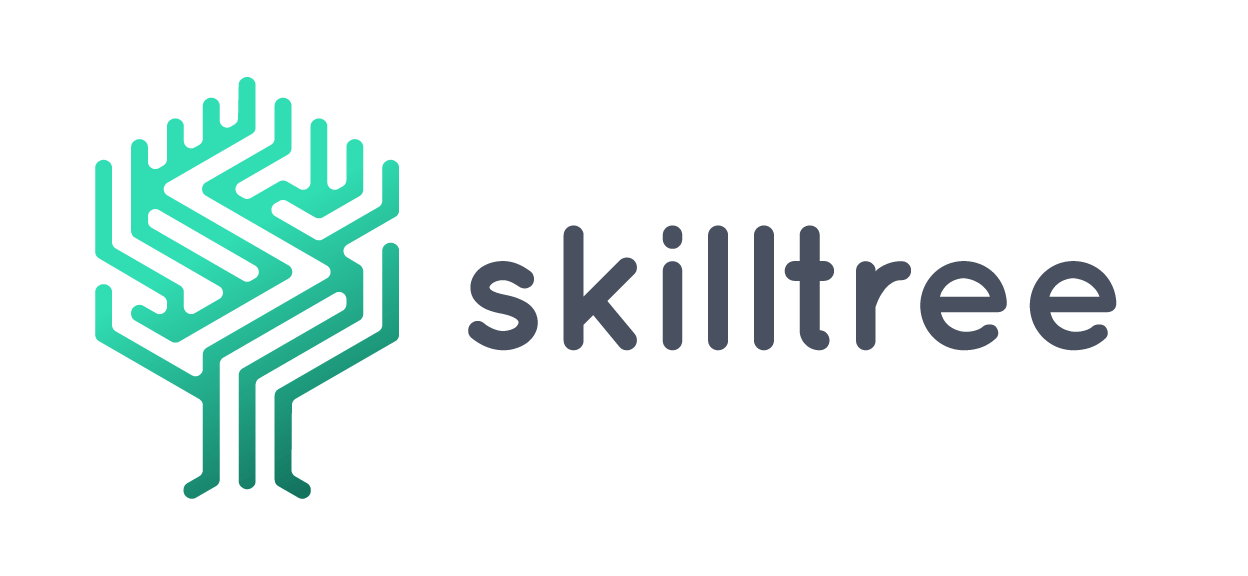The talent management cycle illustrates the interaction of different personnel development processes and measures. It maps all phases and points of contact with employees, from the application to the exit from the company. Some processes and measures within the cycle are flexible, as they can be used in several phases. In this article, we offer an introduction to the cycle and the individual phases and processes.
Table of content:
- The Talent Management Cycle
- Phases of the cycle
- Processes and measures
- Does a company have to support all processes?
- These processes are covered with skilltree
The Talent Management Cycle
The talent management cycle is an ongoing process that is divided into several phases. These phases vary between companies but mainly consist of the five phases we identified.
The cycle contributes to ensure that organizations have highly qualified employees who can achieve the goals and visions of the organisation. For this purpose, the individual instruments and processes, which are primarily digitised, are used in the phases or across phases.
2. Phases of the cycle
The talent management cycle covers all points of contact with employees. From the first communication to leaving, all personnel development and administrative processes are included in the cycle and divided into different phases. It must be noted that some processes can be cross-phase or even used in all phases. The cycle consists of the following five phases:
- Planning
- Discover
- Win
- Develop
- Hold

3. Processes and measures
Since it would go beyond the scope of this blog article if all processes and measures were explained here, we have highlighted only the most important ones. For the processes not mentioned, you will find entire articles in the course of this talent management guide. Just follow the guide.
- Succession planning.
Key positions are filled, promoted and retained internally and externally. Defining key competencies and creating a skill-gap analysis is necessary. Read more about succession planning here.
- Career planning
.Defining job profiles and career steps to enable employees to pursue a career within the company and to retain more successful employees. More information on career planning can be found here. - Skill Management
. Identifying skills, finding employees with specific competencies and identifying training interests and skills gaps is one of the key features of skills management. Read more here. - Skill gap analysis
- Employer Branding
Strengthening the employer brand e.g. on social media or communicating special features of the corporate culture on the company website, these are only two of many possibilities to strengthen the employer brand.
- Further development
Internal as well as external further education and training ensures that the increase in competences does not diminish and that talents are promoted. More information on the planning of further education and training can be found here.
4. Does a company have to support ALL processes?
No! Different processes are useful and necessary for every organization. A small company with one location and 18 employees has different requirements for talent management than a medium-sized or large company with employees scattered over several places. For the latter, it is most likely necessary to set up several processes to manage the development and administration of employees.
In line with Josh Bersin’s talent management framework, we believe that only cost- and research-oriented talent management processes and methods can only be effective if employees themselves and the talent management strategy are involved in the business strategy.
What this holistic strategy could look like in your company depends on the organisational hurdles, goals, and instruments used.
5. These processes are covered by skilltree
With skilltree, some talent management processes can be covered completely and others partially. Here is a list of the processes covered:
- Recruiting: Job profile
-
Onboarding
-
Succession planning
-
Career planning
-
Skill Management
-
Skill gap analysis
-
Employer Branding
-
Further education and training
If you’d like to know more, you can get our demo or arrange a personal appointment with our experts.
